derivative oil and gas and their applications
In this article, we will comprehensively discuss derivatives oil and gas and their applications. We suggest you stay with us until the end of this article.
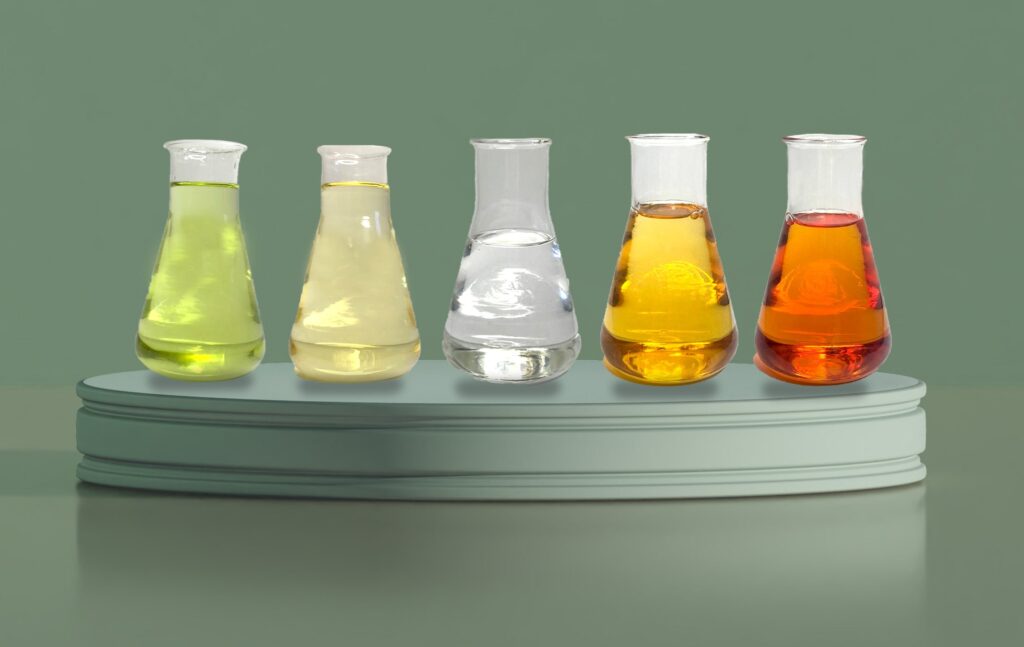
derivative oil and gas and their applications It is the biggest position that is being investigated in the modern world that a lot of wealth is circulating in this field and most of the power is controlled by governments.
Oil is composed of very important compounds that are used to produce a variety of petroleum products and edibles in other industries. Petroleum products come from crude oil using the distillation method in refineries.
The word oil is derived from the Latin word petra meaning stone and Odeum meaning oil.
Petroleum products are the output of an oil refinery. A typical refinery produces different products from each barrel of crude oil it processes.
Oil is a fossil fuel that comes from large amounts of dead organisms, especially zooplankton and algae, buried in the sediments below due to extreme heat and pressure.
Over millions of years, the remains of these animals and plants were covered by layers of sand, silt, and rock. The heat and pressure from these layers turned the remains into what we now call crude oil or petroleum. The word petroleum means rock oil or oil from the ground. Crude oil and other hydrocarbons exist in liquid or gas form in underground pools or reservoirs, in small spaces within sedimentary rocks, and near the surface of the earth in tar sands (or oil). Petroleum products are fuels that are made from crude oil and petroleum derivatives of hydrocarbons found in natural gas.
Petroleum products can also be made from coal, natural gas and biomass.
Oil is processed in different ways in refineries and converted into various products according to the needs of the market. The most used oil and oil products are primarily used for fuel and energy production.
Due to its high quality, Iran’s petroleum products have been able to occupy a significant share of transactions in the world trade.
petroleum products
We suggest you to see the oil derivatives of NTEK company, which are among the best oil products in Iran
In addition, in refineries, crude oil is converted into chemicals that are raw materials for other industries such as polymerization. The following are among the most important petroleum products:
Gasoline
LPG
Fuel oils
Petrol
jet fuel
Kerosene or lamp oil
psychoactive substances
paraffin
Bitumen and petroleum coke
Gasoline
Diesel or oil gas or diesel fuel is used as fuel for diesel engines and thermal installations.
In diesel engines, fuel does not burn with sparks, as in gasoline engines, but with the heat of compressed air in the cylinder. Diesel fuel releases more energy during combustion than an equal volume of gasoline, so diesel engines generally produce better energy than gasoline engines.
Today, diesel is one of the most common and popular fuel in the world because it has a low price and great power. Also, this fuel had a huge contribution to environmental pollution until several years ago.
Because the diesel obtained from the distillation tower, like other petroleum products of the refinery, contains aromatic substances and various sulfur-containing compounds, the presence of which in diesel, in addition to causing corrosion and premature wear and tear in the equipment, causes the production of toxic and dangerous sulfur dioxide gas when burned.
derivative oil and gas and their applications are growing because of their high importance as the main market of global hot trade.
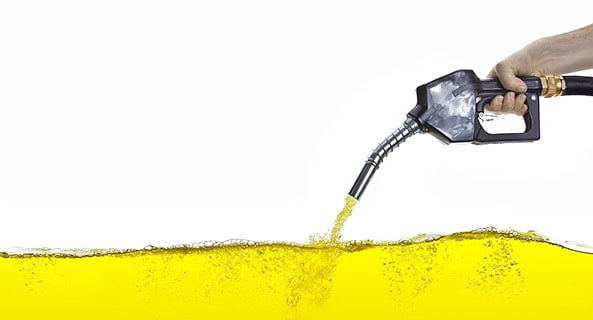
LPG
Liquefied petroleum gas or LPG refers to two hydrocarbon gases, butane and propane, or their combination, which are kept in a liquid state. Usually, small amounts of compounds such as propylene and butylene are also present in liquid gas. LPG is mostly used for heating applications and as fuel for vehicles. It is also used in the manufacture of sprinklers and as a cooling gas in refrigerators and freezers
LPG in the refinery is a byproduct of natural gas refining and crude oil refining. The thermal unit of liquefied gas is 46.1 megajoules/kg, which is higher than gasoline and fuel oil and produces higher energy in the same weight, but its calorific value is lower in the same volume because it is a gas and has a lower density.
Each liter of liquid gas weighs 500 to 580 grams and each liter of gasoline weighs 710 to 770 grams. This gas turns into a liquid at a temperature of 21 degrees Celsius under a maximum pressure of 8 kg/cm2; And at the time of production, it lacks color, smell, and even taste, and for greater safety, sulfur-containing compounds called mercaptan (which includes ethyl mercaptan and methyl mercaptan) are added to it.
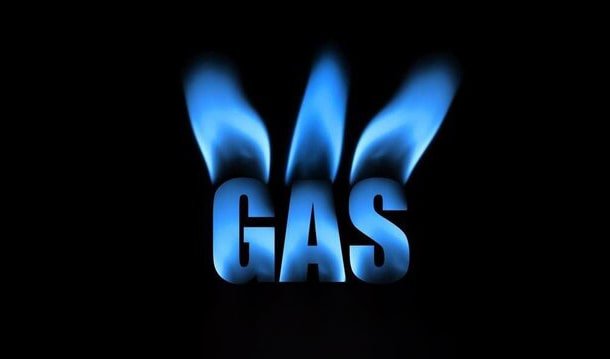
fuel oil
Fuel oil or fuel oil is one of the petroleum hydrocarbons that is obtained during the refining process of crude oil after naphtha, gasoline and kerosene, and because it is black in color, it is also called black oil. This substance is the cheapest fuel for furnaces, bathrooms and ovens of bakeries and diesel engines and some power plants.
What are the uses of diesel fuel?
Fuel oil is used to burn in furnaces, boilers, stoves and lanterns to generate heat. This chain consists of long hydrocarbons such as alkanes, aromatics and cycloalkanes.
What are the advantages of using diesel fuel?
Sulfur-free light fuel oil is clean and provides optimal performance in the toughest conditions. This fuel performs extremely well in cold weather and was actually developed for arctic conditions. In addition, it is a very stable, combustible, non-explosive product unlike other fuels, where this can be a more worrying factor.
For example, if you drop a lighted match into a pool of fuel oil, the flame will simply go out. However, the same cannot be said for propane or natural gas. Likewise, a leak in a fuel supply chain will not cause an explosion.
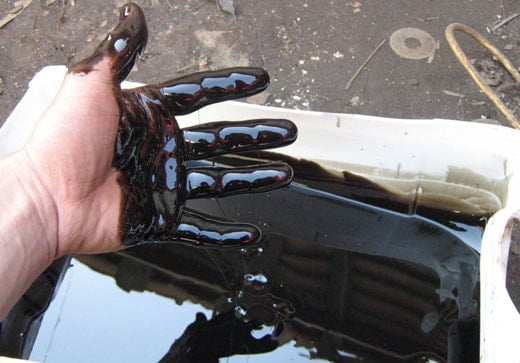
Petrol
Gasoline is a transparent and flammable substance derived from crude oil, which is mostly used as a fuel in spark ignition engines and internal combustion engines.
In addition, there are usually some impurities in gasoline. Also, other substances such as dyes or compounds containing oxygen such as ethanol are added to gasoline for various reasons. Some compounds in gasoline, such as benzene, are carcinogenic. Usually, up to 72 liters of gasoline can be produced from a 160-liter barrel of crude oil. This amount varies according to the type of crude oil used and the type of gasoline produced.
Gasoline is an energy-dense secondary fuel and is produced when crude oil is broken down into various petroleum products through the distillation process, then the final product is distributed through pipelines across the country.
This substance is necessary for the operation of internal combustion engines, that’s why gasoline is one of the most consumed petroleum products. In 2019, this substance accounted for 46% of all petroleum products used in the country.
The price of this fuel changes dramatically around the world and this affects the cost of driving a vehicle. In addition, the global economy is increasingly intertwined with oil production and prices, so the impact of gasoline on our lives goes far beyond what we pay to fill up the gas tank.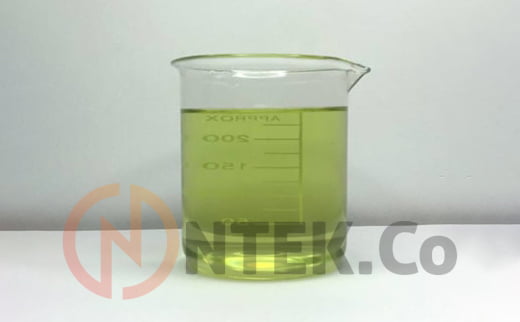
bitumen
Bitumen is a black to dark brown hydrocarbon substance that dissolves completely in carbon supplied. Bitumen is solid at ambient temperature. But as the temperature increases, it turns into a paste and then becomes liquid, and as a result of lowering the temperature, it goes through the above steps again and returns to its original state.
The important use of bitumen is due to the presence of two important properties of this substance; Being impervious to water and sticky.
Chemical structure of bitumen:
The chemical structure of bitumen is relatively complex, and the studies that have been carried out so far have not provided a definitive theory about the chemical structure of bitumen. On the other hand, crude oil, which is chemically very diverse, and that is due to the different geological conditions under which oil is formed, the chemical structure of refined bitumen despite the interactions that take place during distillation, depends on the primary source of oil. It has the corresponding raw material.
In terms of production origin, bitumen can be divided into three categories: natural bitumen, tar and petroleum bitumen:
(Native Asphalts or Natural Bitumen’s) a) Natural bitumen’s:
There are a group of materials that are created naturally under the influence of atmospheric factors and with the passage of time and are used without the need for distillation methods and are very diverse in terms of composition and properties.
- Coal Tar Pitches are black and hard materials that are the residue of coal tar Their freshly broken surface is shiny and when heated, they melt with a rapid drop in viscosity, and their melting temperature depends on their production method.
- Petroleum asphalts: (Petroleum Asphalts) are those asphalts whose origin is crude oil. These bitumen’s are solid and semi-solid bitumen’s that are obtained directly from the distillation of crude oil or with other additional operations such as blowing air, and they have more applications and higher consumption than other types of
Bitumen is usually used in two areas: road construction and insulation, about 90% of the produced bitumen is used in road construction, and insulation uses only 10% of bitumen consumption.
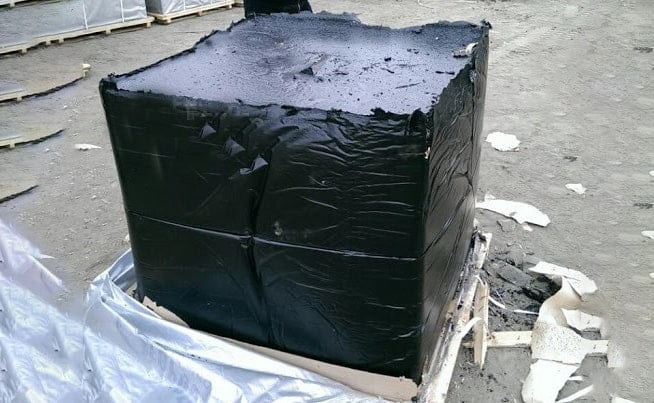
Base Oil
It is one of the most important raw materials in industry and automobiles. This substance is the most widely used raw material and it is a component of motor oil and industrial and automotive lubricants, which is called base oil, and its share in the product sometimes reaches ninety seven percent. Base oil is the name given to lubricating grade oils that are first produced from the refining of crude oil (mineral base oil) or through chemical synthesis (synthetic base oil).
Base oil is produced by refining crude oil. This means that the crude oil is heated so that the different distillates can be separated from each other. During the heating process, light and heavy hydrocarbons are separated – light fuels can be produced to produce gasoline and other fuels, while heavier ones are suitable for bitumen and base oils.
All base oils have characteristics that determine how well they withstand lubrication challenges. Industrial oil, whether mineral-based or synthetic-based, is designed in such a way that it has a specific application.
Some of the features that should be present in a base oil are:
Thermal and chemical stability: The base oil must have good thermal and chemical stability to be used in high heat and pressure conditions.
Neutralizing properties: The base oil must have good neutralizing properties to be able to use it in the production of chemicals and automotive accessories.
The ability to absorb and disperse additives: the base oil must have the ability to absorb and disperse additives so that it can be used in the production of different oils.
Insolubility with water: The base oil must be insoluble in water in order to be used in humid conditions.
Ability to resist oxidation: The base oil must have good resistance to oxidation and polymerization so that it can be used in long-term conditions.
Preservation of properties at low temperatures: The base oil must maintain its properties at low temperatures in order to be usable in cold conditions.
What is the difference in base oil groups?
All lubricants consist of a base oil. Typically, lubricants consist of 90% oil and 10% additives. The American Petroleum Institute has classified base oils into five API groups, which are characterized by saturation level, sulfur level and viscosity index.
saturation level:
Saturates are a type of molecule commonly found in base oil. They are naturally present in the base oil, but higher levels of saturation are achieved during the refining process. If the level of saturation is higher, the molecular bond of the oil is stronger. This increases resistance to breakage and oxidation or loss of viscosity.
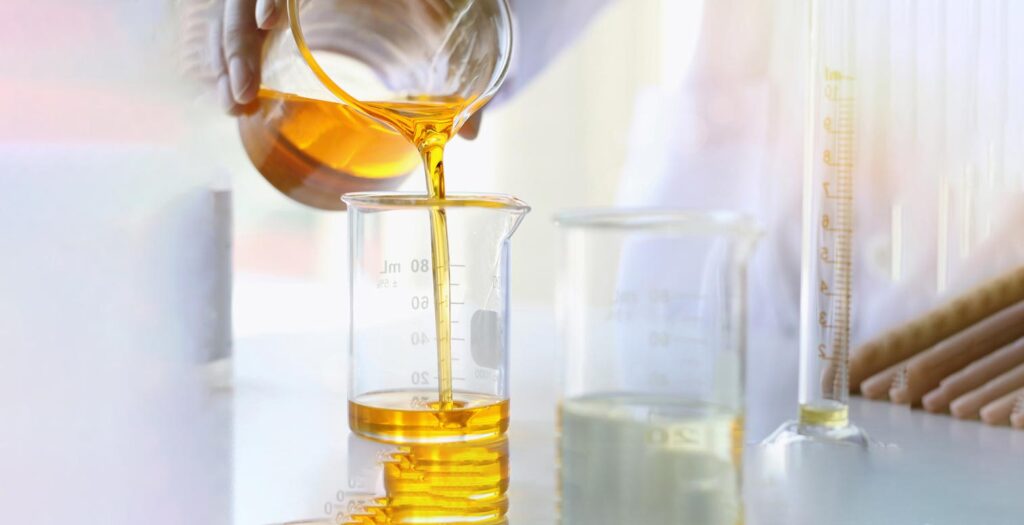
Sulfur level:
Sulfur is a natural mineral found in crude oil. Because it reacts with oxygen, it can be harmful to the performance of the oil. In addition to these negative aspects of sulfur, there are also some positive aspects. Sulfur can be an effective antioxidant that improves oxidative stability. When the amount of sulfur is less, its purity is better, which reduces the possibility of corrosion and oxidation.
Viscosity index:
Viscosity index refers to changes in viscosity compared to oil temperature. Viscosity is measured at 40°C and 100°C. When the viscosity index is high, the changes with the temperature difference are less. All oils increase in viscosity with decreasing temperature and decrease with increasing temperature.
What is urea?
Synthetic urea is created from synthetic ammonia and carbon dioxide and is produced in solid form. Urea is also known by the brand name urea. Urea is produced naturally when breaking down protein or amino acids and ammonia. Urea plays an important role in the metabolism of nitrogen-containing compounds by animals and is the main nitrogen-containing substance in the urine of mammals.
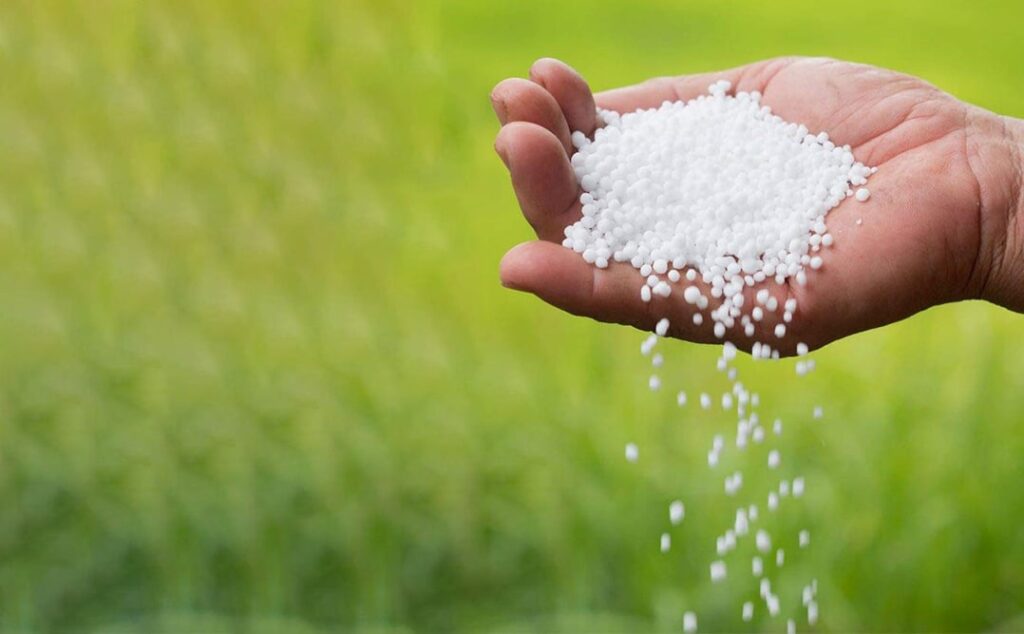
Urea is widely used as a source of nitrogen in fertilizers and is an important raw material for the chemical industry.
One of the most important physical and chemical characteristics of urea is its odorless and white color. Urea has high solubility in water and is one of the non-toxic compounds.
When this substance is dissolved in water, it does not make the acidity either acidic or alkaline, and that is why urea has become valuable for some industries.
The first substance they go to for nitrogen supply is urea.
This substance, with the rest of the compounds, has created a porous framework and can trap many organic compounds. When urea decomposes, it produces protein or amino acids and ammonia.
This material is observed in solid form. In the metabolism of nitrogen-containing compounds, urea is highly effective.
It may be good to know that urea is one of the compounds that does not catch fire in any way and is not flammable at all.
Urea is a compound that decomposes before it reaches its boiling point, and it is used in the production of chemical fertilizers containing nitrogen.
Urea molecules are planar. The hydrogen bond network of this compound is completely dense and powerful molecular packing’s have been created in it.
The bonds between carbon and oxygen are double bonds.
Due to the establishment of extensive hydrogen bonds with water, urea has a high solubility in this liquid.
The use of urea as a chemical fertilizer:
Because its nitrogen content is high and easily converted to ammonia soil, urea is one of the most concentrated nitrogen fertilizers. An inexpensive compound is also included in mixed fertilizers, as well as applied alone to the soil or sprayed on the foliage. With formaldehyde, they give methylene urea fertilizers, which release nitrogen slowly, continuously and uniformly. The use of this material to make urea-formaldehyde resin is of secondary importance only in terms of its application as fertilizer.
derivative oil and gas and their applications in Various industries
Industrial application of urea
It is used on an industrial scale to produce chemical fertilizers, medicine and resin. For example, this substance is one of the precursors of various barbiturates, which are widely used as sedatives and sleeping pills. This chemical is also used in the formation of polyurethane foams. Another important application is in the manufacture of resin and polymer. This material can react with formaldehyde to make urea-formaldehyde resins, which are very important in molded plastics. Another product is melamine, which is formed by dehydration of urea and is primarily used in the production of melamine- formaldehyde resins.
Types of gas
gas
Natural gas, sometimes called fossil gas or simply gas, is a naturally occurring mixture of gaseous hydrocarbons consisting mainly of methane and smaller amounts of higher alkanes. Small amounts of others such as carbon dioxide, nitrogen, hydrogen sulfide, and helium are also usually present. Natural gas is colorless and odorless, and for this reason, gases such as mercaptans (such as methyl mercaptan and ethyl
which gives a smell similar to sulfur or rotten eggs are used so that it can be easily recognized in case of leakage.
liquid gas
In the oil refinery, gases that are composed of hydrocarbon compounds, such as propane, butane, are mixed under certain percentages under high pressure and condensed in tanks and are called liquid gas.
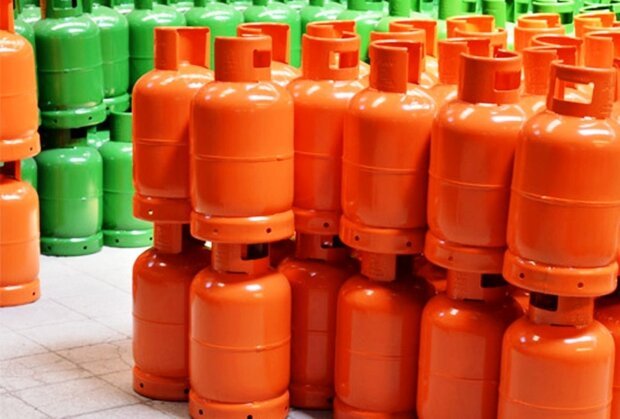
Liquid gas can be transferred in the following ways:
- Railway tanks
- Ships equipped with liquid gas tanks
- Trucks equipped with liquid gas tanks
- Liquid gas cylinders
Liquid gas for domestic use is distributed in light and heavy steel cylinders. The liquefied gas is condensed in these cylinders with a high pressure, and a device called a regulator is used to use it, so that the pressure and the amount of gas flow can be brought to the desired level and used.
Considerable weight, frequent replacement of cylinders and also difficult transportation can be seen as disadvantages of gas transmission by cylindrical tanks.
Due to its disadvantages, this method soon gave way to natural gas transmission through pipelines.
natural gas
As mentioned, natural gas or independent gas sources are extracted from crude oil in the form of “companion gas” which is directly transferred to consumers through pipelines after the impurities are separated in the refining unit.
Solvents
It refers to a substance that has the ability to dissolve another substance in itself. Generally, no reaction occurs between the solvent and the solute and no new substance is produced. For example, when water is dissolved in a polar substance, due to the force exerted by the solvent on the water molecules, the water molecules separated and placed between solvent molecules.
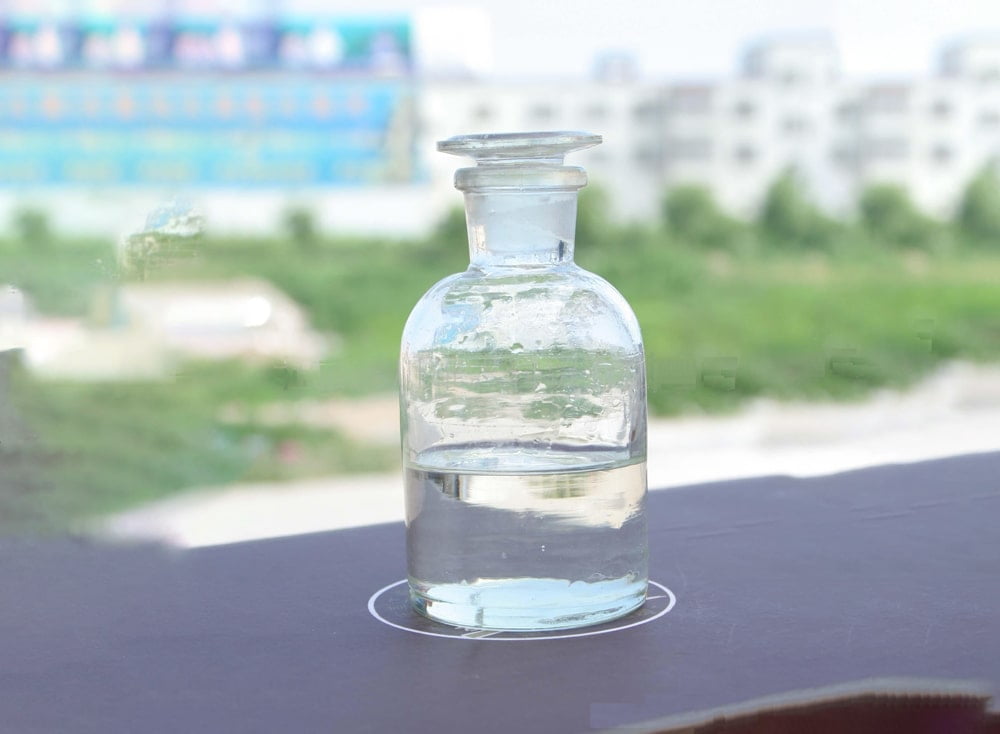
Solvents and their applications in daily life
Diluting paint and varnish materials and giving them the desired consistency before applying on the surface is one of the uses of solvents in everyday life. Some materials are not soluble, such as lauric acid, which has very low solubility in water. There are also certain types of colors that do not require the use of solvents, they require high concentration and special storage conditions.
In this article, the goal was for you, dear ones, to get to know more about derivative oil and gas and their applications, and we hope that it will be useful for you.
PPNKH Company is the producer of the highest quality oil derivatives in Iran, which has been able to sell the highest quality oil derivatives of Iran all over the world based on its high power.
